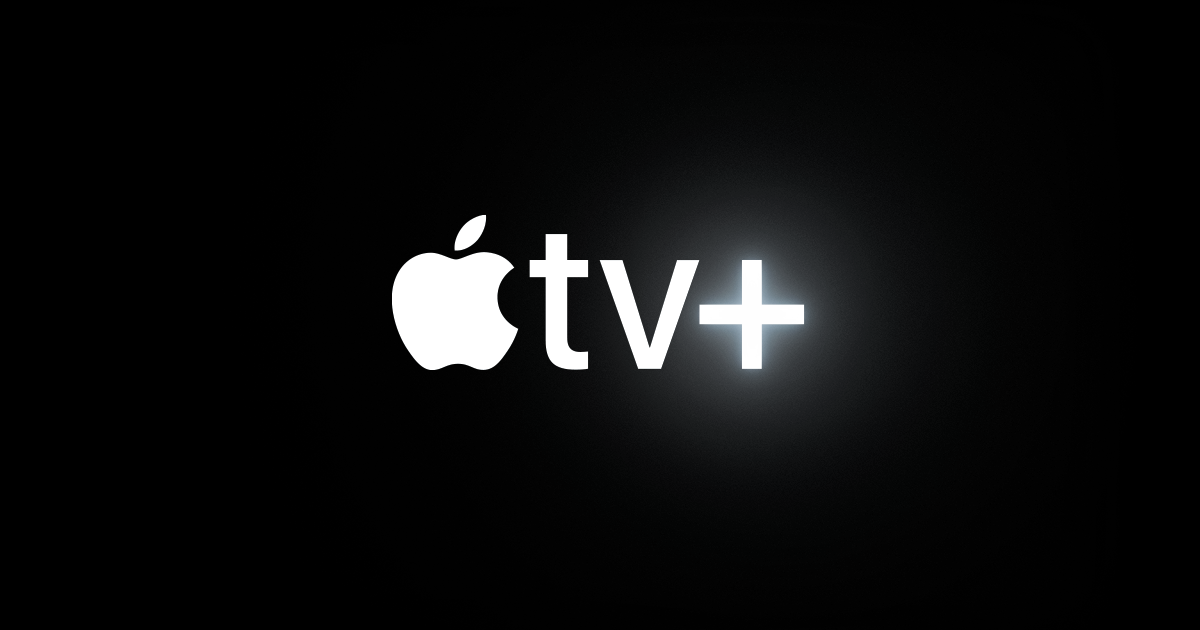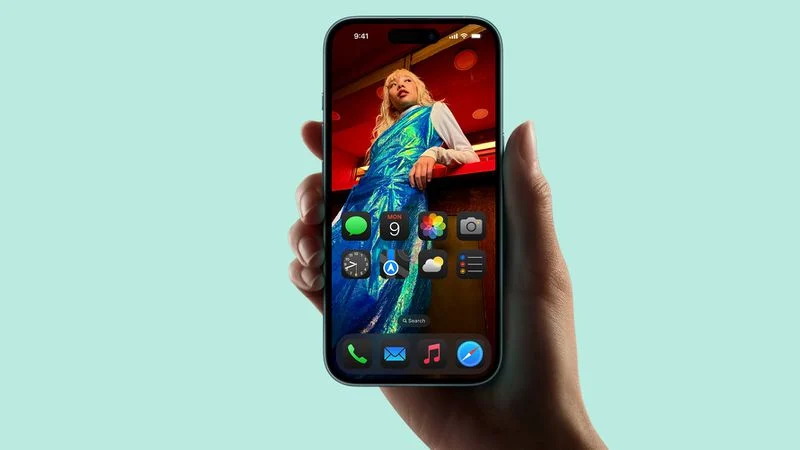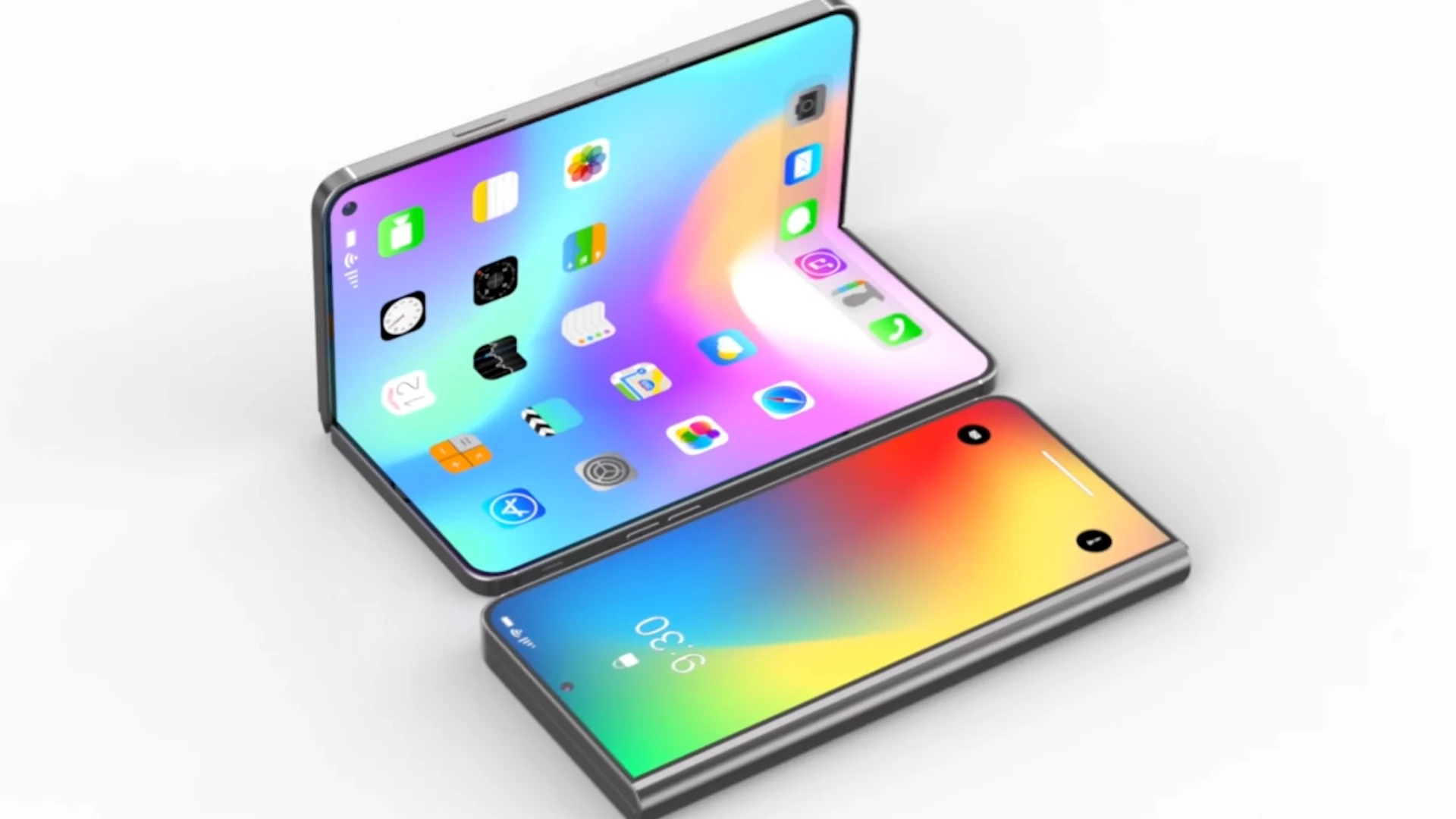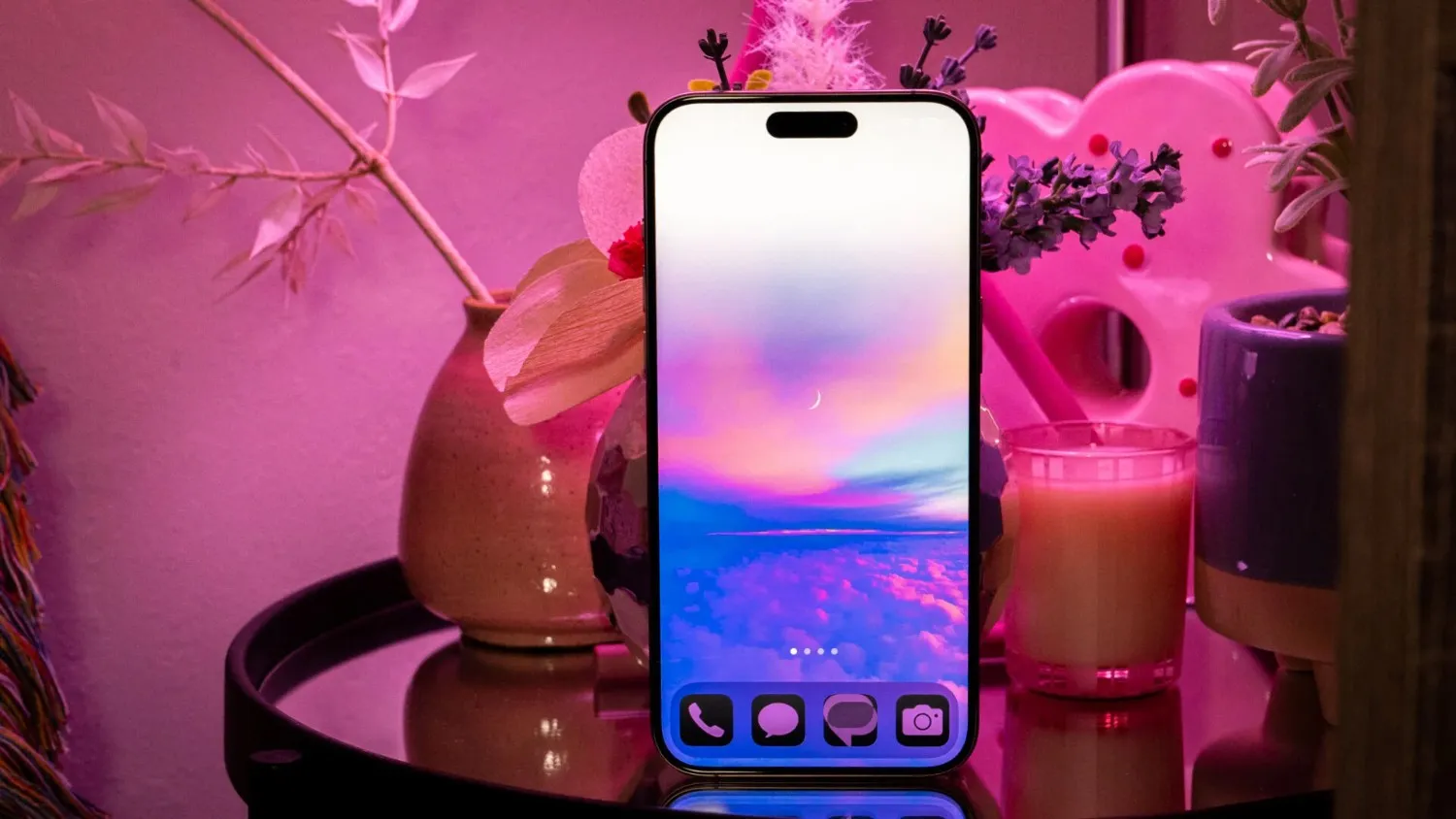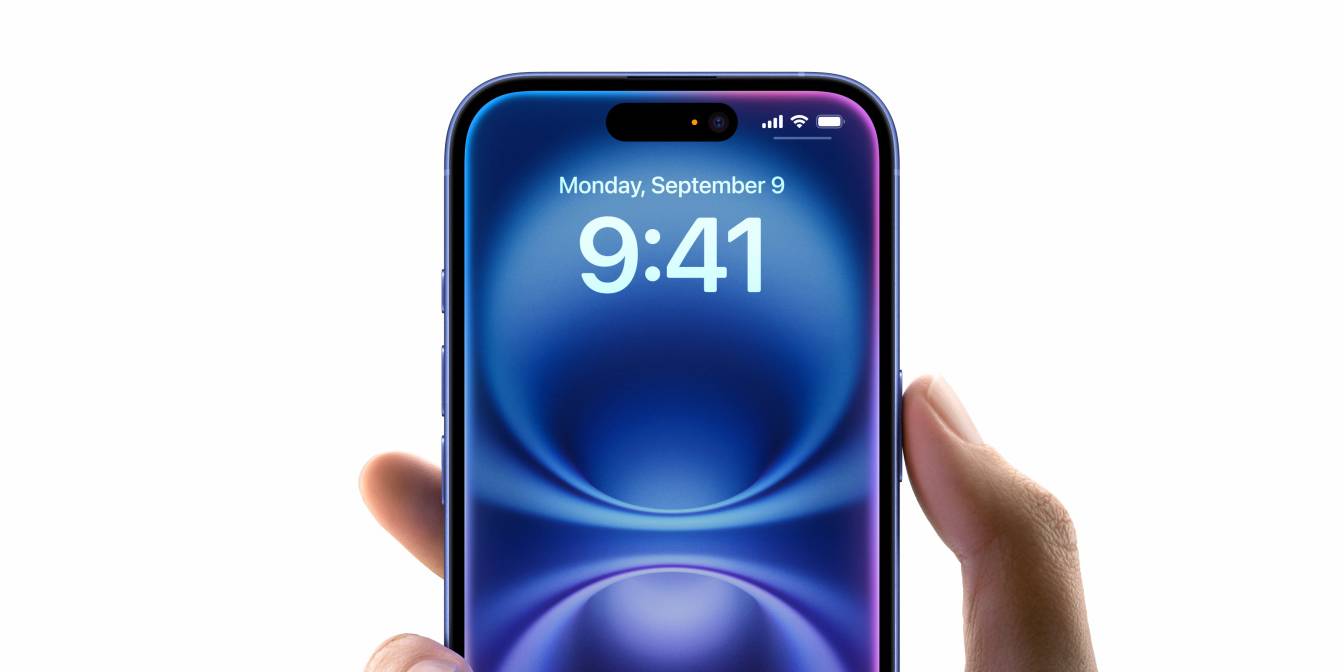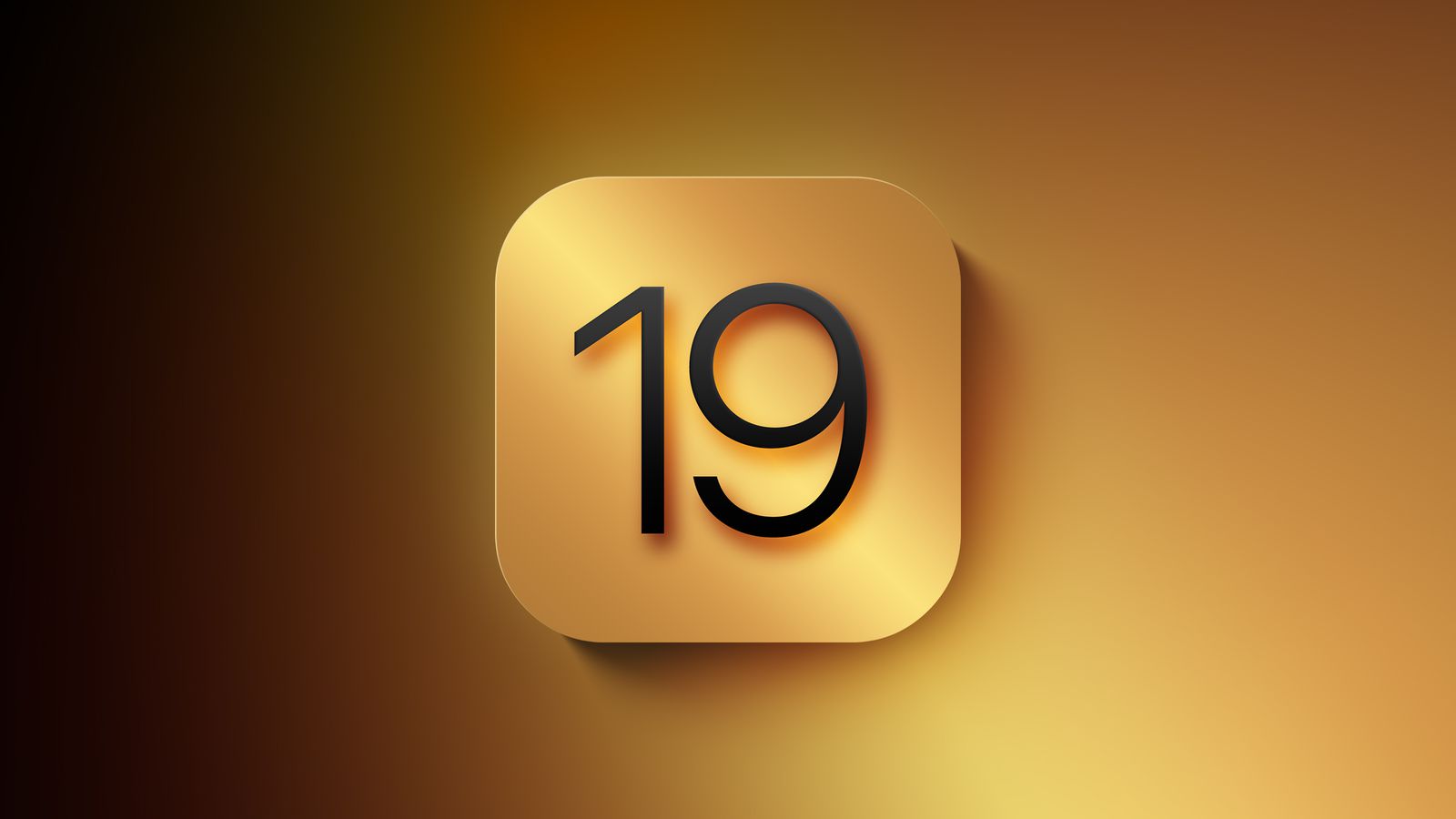Apple has recently shared an important warning about using AirPlay on devices not made by Apple. According to security notes from iOS 17.5 beta, AirPlay has three serious security problems that hackers could use to run harmful code. These issues only affect third-party devices like smart TVs or streaming sticks that support AirPlay, not Apple’s own products.
Apple says these problems have now been fixed, but only on its own devices. It’s not clear when or if third-party manufacturers will patch these flaws. Until then, Apple recommends being careful when using AirPlay on non-Apple devices, especially in places like hotels or public spaces.
At the same time, Apple is continuing to improve its TV app. A new update has just added better controls for live sports, such as easier ways to follow teams, check scores, and get updates in real time. The “Watch Now” section is also getting smarter by showing more relevant suggestions.
These changes are part of Apple’s plan to bring more content into one app and make it easier for users to find what they want to watch. The company removed some standalone apps earlier this year to simplify the viewing experience, and the TV app is quickly becoming the main place for watching shows, movies, and sports on Apple devices.
So while Apple is pushing its TV app forward, it’s also reminding users to stay cautious about security when using third-party AirPlay devices.
